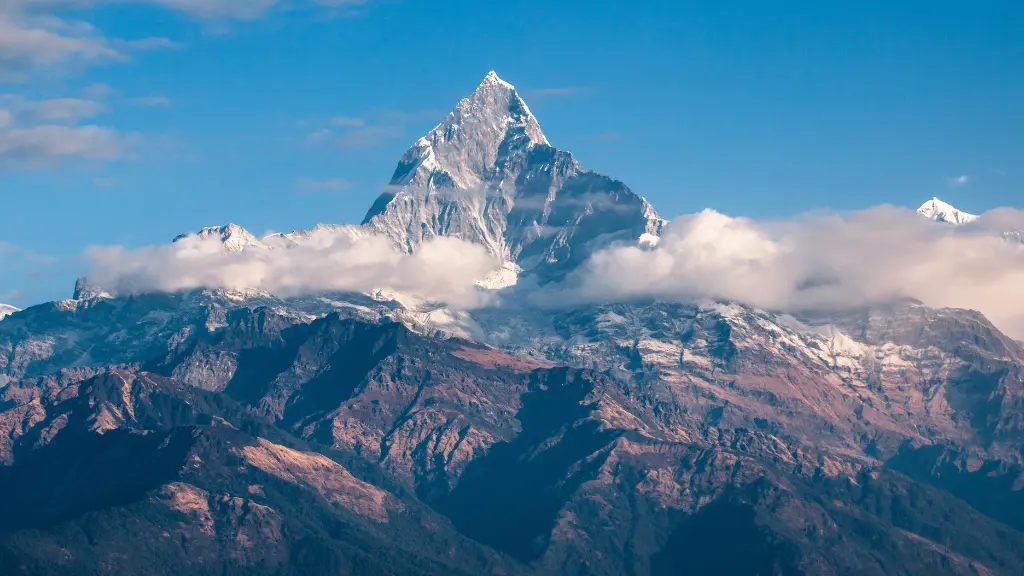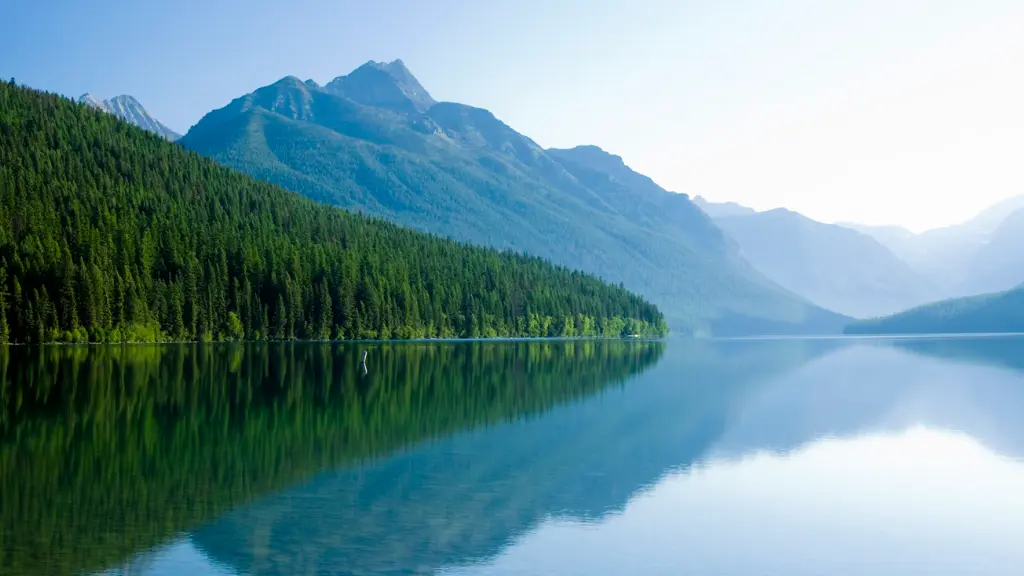A journey from Tibet to Kathmandu is one of the most captivating adventures a traveler can experience. Not only does this trek take you through breathtaking landscapes, but it also immerses you in rich local cultures, sacred sites, and the high-altitude beauty of the Himalayas.
Whether you’re a seasoned trekker or a first-time explorer, here’s everything you need to know before embarking on this epic journey.
You May Also Like: Can Profiting From AI-Generated Art Be Justified?
Why Choose the Tibet to Kathmandu Route?
The route from Tibet to Kathmandu is famous for offering stunning views of the Himalayas, including a close encounter with Mount Everest, along with cultural visits to monasteries, traditional Tibetan villages, and the bustling heart of Kathmandu. This trip promises not only physical adventure but also spiritual enrichment.
Essential Preparations for the Journey
1. Get the Right Permits
Traveling from Tibet to Nepal requires permits for both the Tibetan Autonomous Region and the crossing into Nepal. Working with an experienced tour provider can streamline this process. A Tibet Travel Permit is essential, and your guide will assist in obtaining it.
2. Pack for Varied Weather
The weather in the Himalayas can change rapidly. Even in summer, temperatures can drop significantly at night. Be prepared with layers, a quality down jacket, sturdy trekking boots, and quick-dry clothing. Essentials like gloves, a hat, and a high-SPF sunscreen are also a must.
3. Prepare for Altitude
Altitude sickness is a real concern on this trek, with elevations over 5,000 meters in certain areas. Spending time in Lhasa or another high-altitude location before the trek can help with acclimatization. Drink plenty of water, rest often, and be aware of altitude sickness symptoms.
Top Highlights of the Journey
1. Lhasa – The Spiritual Heart of Tibet
Start your journey in Lhasa, the capital of Tibet. The Potala Palace, former residence of the Dalai Lama, and the Jokhang Temple, a UNESCO World Heritage Site, are essential stops. Lhasa’s vibrant markets and traditional restaurants provide a taste of Tibetan life and culture.
2. Yamdrok Lake – Jewel of Tibet
One of Tibet’s most stunning natural sites, Yamdrok Lake is a vivid turquoise lake surrounded by snow-capped mountains. Many travelers stop here to take in the view and enjoy the peaceful atmosphere. The lake’s spiritual significance makes it a revered location for both locals and visitors.
3. Gyantse and Shigatse – Historic Towns
The towns of Gyantse and Shigatse are rich with history and traditional Tibetan architecture. Gyantse features the Gyantse Kumbum, a multi-story stupa, while Shigatse is home to the Tashilhunpo Monastery, which serves as the seat of the Panchen Lama.
4. Rongbuk Monastery and Everest Base Camp
Rongbuk Monastery is the highest monastery in the world, and it offers a stunning view of Mount Everest. Many travelers stop here en route to the Everest Base Camp, which is only a short distance away. Visiting the base camp provides a closer look at the world’s highest peak and an unforgettable sense of awe.
5. The Nepal Border and Kathmandu Valley
After days of rugged terrain and high-altitude trekking, reaching the Nepalese border is a milestone. Descending into the lush Kathmandu Valley, with its terraced fields and vibrant green hillsides, feels like a warm welcome. Once in Kathmandu, take time to explore the city’s ancient temples, bustling markets, and unique cuisine.
Tips for Making the Most of Your Adventure
1. Respect Local Customs
Both Tibet and Nepal are culturally rich regions with deep-rooted traditions. It’s essential to approach sacred sites with respect, dress modestly, and follow your guide’s advice on interacting with locals and monks.
2. Capture Memories, But Stay Present
While it’s tempting to capture every moment on camera, don’t forget to put the camera down and take in the scenery. The beauty of the Himalayas, combined with the unique culture of the Tibetan Plateau, is an experience best appreciated firsthand.
3. Plan for Downtime and Self-Care
Trekking at high altitude can be tiring, so listen to your body and rest when needed. Hydrate frequently, eat nutritious meals, and take time to acclimate. Some days may be more challenging than others, but the rewards are worth it.
4. Enjoy the Local Cuisine
Sampling local foods is one of the best ways to experience Tibetan and Nepali culture. Try Tibetan dishes like momos (dumplings), thukpa (noodle soup), and butter tea. In Nepal, dal bhat, a meal of rice, lentils, and vegetable curry, is a staple.
Practical Information for Travelers
When to Go
The best time for this journey is from April to October. During this period, the weather is warmer, and mountain passes are more accessible. However, be prepared for crowds, especially around peak trekking months in spring and fall.
Duration and Cost
The trek from Lhasa to Kathmandu typically takes between 10 and 15 days. Costs can vary depending on the tour operator, but a guided tour, which includes permits, accommodation, and meals, can cost around $2,500 to $4,500 per person.
Safety and Health Considerations
High-altitude trekking can pose risks, so ensure you have adequate travel insurance that covers high-altitude activities. Bring a first-aid kit, any necessary medications, and consult a physician about high-altitude precautions before your trip.
Sustainable Travel Tips
Supporting local businesses and respecting natural sites can make a positive impact. Here are a few ways to ensure your trip is as eco-friendly as possible:
- Choose locally-owned accommodations and eat at local restaurants.
- Carry reusable water bottles to reduce plastic waste.
- Follow Leave No Trace principles, including carrying out all waste.
- Respect local wildlife by observing from a distance and not disturbing habitats.
Final Thoughts
A trek from Tibet to Kathmandu offers a once-in-a-lifetime opportunity to explore some of the most dramatic landscapes and rich cultural heritage in the world. This journey takes you from the spiritual heart of Tibet, across rugged mountain passes, and into the vibrant Kathmandu Valley. For adventurers seeking both natural beauty and cultural discovery, this route is a perfect choice.










